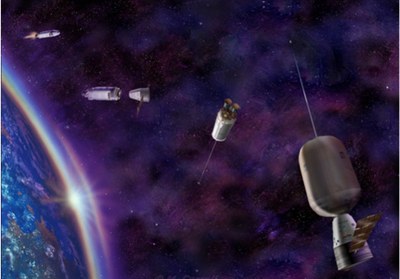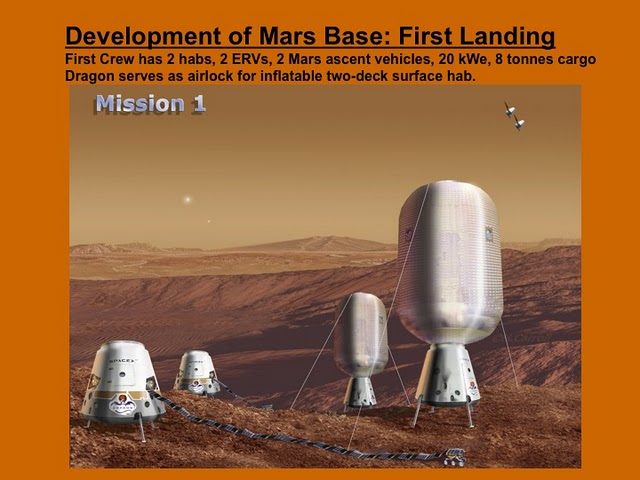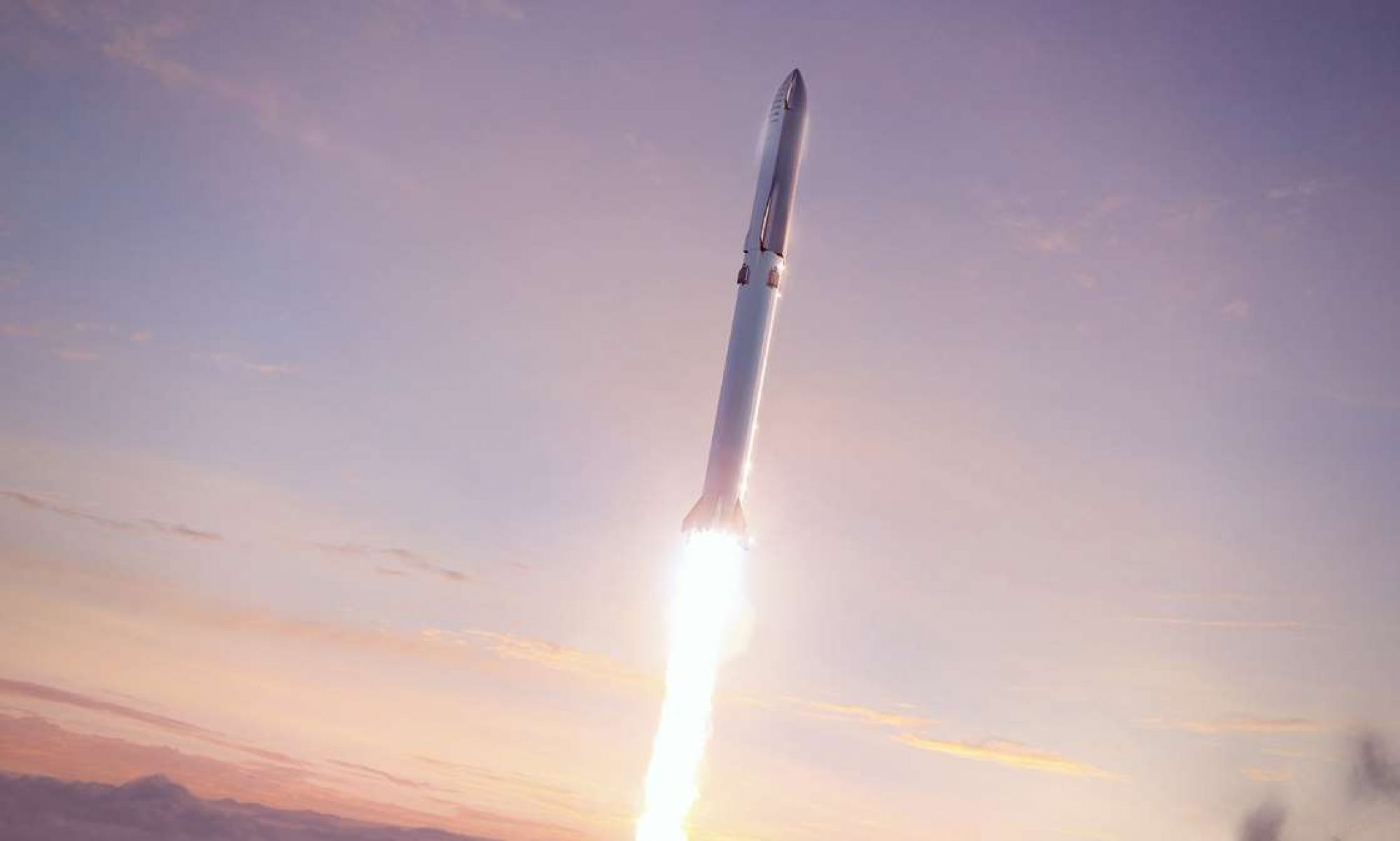Following on from my Mars Anthology there’s now more Mars Society material available online…
Trans-Orbital Railroad to Mars
…a Picasa Web-Album of slides from the weekend elaborating on Robert Zubrin’s latest concept, which I have discussed previously. I was particularly struck by this one, which I first saw on “The Space Review”…

…from Jeff Foust’s evocative article on the Transorbital Railway concept. I didn’t realise when I first read Jeff’s essay that Zubrin had given a talk on the concept. Here’s the slide…

…which explains how the two-person crew have a quite roomy inflatable habitat attached to the Dragon to fly to Mars in. Provocatively Zubrin notes that some astronauts have already experienced cosmic-radiation exposures equivalent to the full mission to Mars, with no ill-effects noted thus far…

…seems the ISS (and MIR before it) have done a great service to the Mars effort by slaying this particular bogey. The serious issue of Solar high-energy events remains – otherwise known as solar-flares – but these can be mitigated by relatively simple shielding. Ultimately we’ll have magnetic deflectors for the particle stuff, but the x-rays will need careful shielding even then.
Once the First Expedition arrives, here’s how “Mars Base One” will look…

…ready to expand into a fully operational Base, if the nations of the world are willing to help. The Falcon Heavy can send significant payloads to Mars, not just people. Industrial machinery can be sent, able to begin utilization of local resources on Mars. Additive manufacturing technology can be used to make small components and, with sufficient incentive, can lend itself to larger manufactured items. Mars has plentiful carbon, oxygen & hydrogen to make plastics and polymers, and doubtless it has minerals of all kinds.
Of course the first two products should be propellant for the rockets and power-cells (solar or other.) Proper reusable Mars ferries will allow transfer of returning crews to waiting ERVs, eliminating the need to send separate MAVs. With sufficiently proven life-sustaining resources (material, technical and personnel) the Base can start receiving one-way arrivals – true Colonists. That’s something I’d like to see all nations, who are willing, to contribute towards. Let Mars be the true melting pot to alloy something wonderful out of all of Old Earth’s children.
